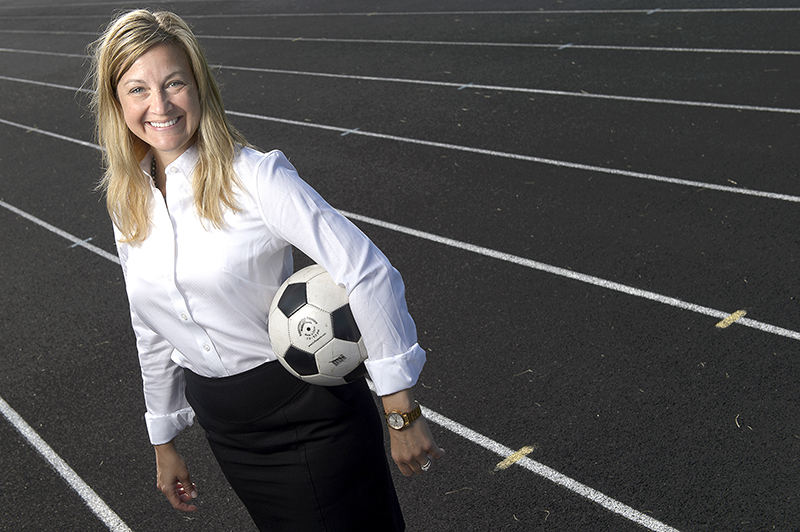March 14, 2018
Filling out a women’s NCAA bracket could be harder than you think, says Purdue prof
 Cheryl Cooky
Download image
Cheryl Cooky
Download image
WEST LAFAYETTE, Ind. — Enthusiam around women’s sports was at a high point during the 2018 Winter Olympics. But an expert on gender and sport media said it’s unclear if the wave of popularity will follow female athletes into the country’s next celebrated competition: this year’s NCAA basketball tournament.
Cheryl Cooky, an associate professor at Purdue University, said a sense of nationalism contributes to the rise in attention and media coverage of female atheletes competing in international events, such as the Olympics. On a smaller scale, fans and media outlets interested in a particular university will follow their women’s basketball team more closely during the tournament.
“It’s much more comfortable within an understanding of masculinity to cheer for your nation,” Cooky said. “Similarly, pride for a university may drive more attention to female college basketball players during the tournament.”
March Madness fans should consider filling out brackets for both men’s and women’s teams, although making selections for the women’s tournament could prove difficult due to the lopsided amount of information available online, Cooky said. Many major “bracket challenge” websites and smartphone applications, for example, don’t allow users to complete a women’s basketball bracket.
“A lot of people who follow the tournament don’t actually watch a lot of the season games, and even if you do, you’re not able to watch all the seasons of all 64 teams,” she said. “(For the men’s game) sport media help us get information, statistics and predictions; there are apps on your smartphone you can use that will predict who is going to win over whom. There’s so much of that on the side of men’s, and the women’s is a struggle to find any information.”
Cooky is part of a research team that analyzes the quality and quantity of men’s and women’s sports coverage on local TV news programs and sports news and highlights shows. The team gathers data and releases results every five years. The most recent study, which was published in 2015, found outlets devoted 3 1/2 hours of highlights to men’s college basketball, including March Madness, compared with 9 minutes to women’s college basketball within the time points examined.
Cooky and co-researcher Michael Messner at the University of Southern California hope to analyze online sports coverage in the study’s next iteration, which is expected to be published in 2020. She said pre- and post-game shows, analysis and interactive online media, such as tools to fill out brackets and predict game outcomes, play an important role in building fan bases but are less common in coverage of women’s sports.
“Part of what makes sports pleasurable and exciting and enjoyable is not just the moment you’re watching the game, but being able to go back and relive that excitement by consuming recaps and follow-ups, then it’s the build-up to watching the next game – the predictions, who’s going to win and what’s going to happen – that builds that excitement,” she said. “The sports media help us to relive that moment, or if our team has lost, it helps us to process that moment.”
Writer: Joseph Paul, 765-494-9541, paul102@purdue.edu
Source: Cheryl Cooky, 765-496-2857, ccooky@purdue.edu

